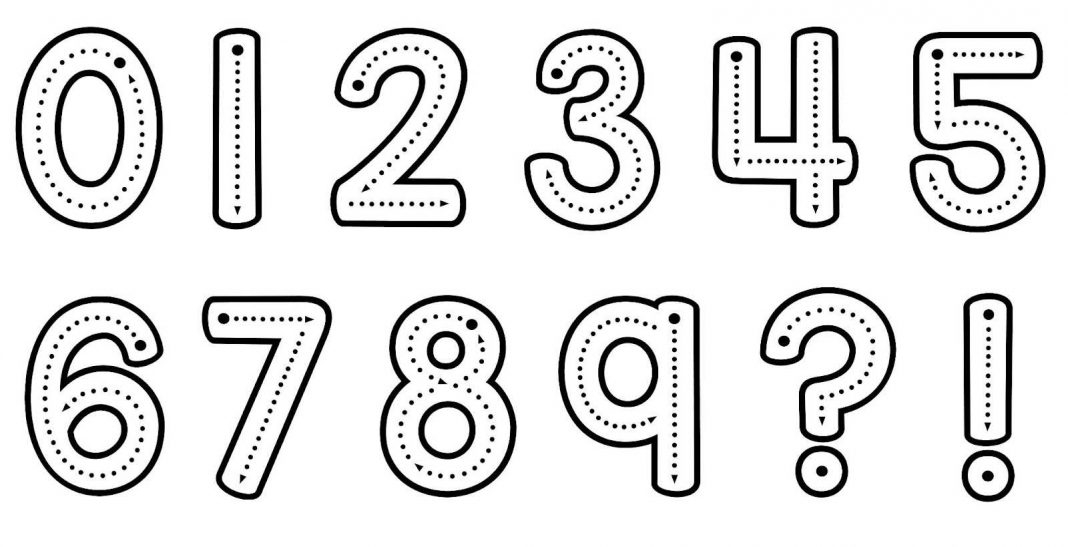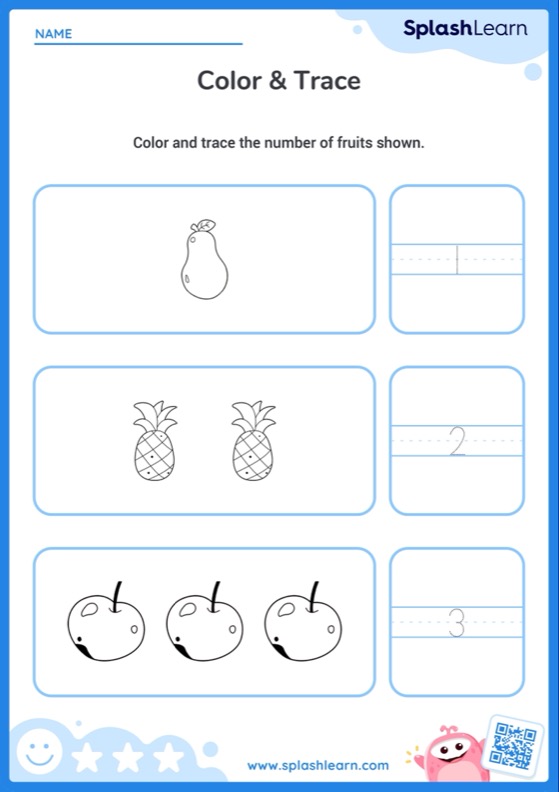Have you ever sat down with your child, pencil in hand, and found yourself at a loss for how to teach them to write numbers? It’s a common challenge for many parents and educators. Teaching number formation goes beyond just writing; it’s about understanding and recognizing numbers too. If you’re looking for steps on how to teach number formation to kids, you’re in the right place. Let’s explore some simple strategies to make learning numbers easy and fun for your little ones.
Math & ELA | PreK To Grade 5
Kids see fun.
You see real learning outcomes.
Watch your kids fall in love with math & reading through our scientifically designed curriculum.
Parents, try for free Teachers, use for free
What is Number Formation?
Number formation is all about learning to recognize numbers, understand what they mean, and how to write them down correctly. It’s a basic skill that involves seeing a number, knowing its name, and the order it comes in, as well as being able to draw it on paper the right way around.
Why is Number Formation Important?
Teaching number formation is crucial because:
- It’s the first step in learning writing numbers, which is essential for all math skills.
- When kids learn to write numbers, they find it easier to count things, which is a basic math skill.
- Knowing how to write numbers correctly helps kids with adding and taking away things, making math lessons smoother.
- It also helps children understand number concepts like what’s more and what’s less, as they can see and use numbers in real situations.
How to Teach Number Formation to Kids?
1. Number Recognition
Number recognition is when kids learn to see a number and name it correctly. It’s a basic skill that comes before teaching to write numbers.
When to start?
Start early, as soon as your child shows interest in numbers, often around the age of two or three.
Activities:
- Engaging Online Games: There are plenty of kid-friendly number sense games that make learning numbers fun. Look for ones that match your child’s age and interest.
Begin here:
Begin here
- Flashcards: Simple flashcards with numbers on them can be a great tool. Show them to your child, say the number out loud, and have them repeat it.
- Numbers in Everyday Activities: Incorporate numbers into daily life. Count steps, toys, or anything around you with your child.
Milestones:
- Recognizing numbers 1-10: Children start by getting familiar with numbers 1 through 10, being able to point them out and name them.
- Beyond 10: Gradually, introduce higher numbers as they become comfortable with the first ten.
2. Understanding Concepts
Understanding concepts means kids learn what numbers actually represent, like how many items a number stands for. It’s about realizing that numbers are not just symbols but have real meaning connected to them.
When to start?
This should begin as soon as children are comfortable recognizing numbers, usually around age 3 to 4.
Activities:
- Counting Objects: Use everyday items like fruits, toys, or blocks for counting activities. Ask your child to count them with you. You could also engage your kids in online counting games for better retention.
Begin with these games:
Begin here
- Comparing Quantities: Introduce concepts of ‘more’ and ‘less’ by comparing groups of items. For example, place 3 apples on one side and 5 on the other, and ask which side has more or less.
Begin with these activities:
Begin here
- Sorting and Grouping: Have your child sort objects by color, size, or type, then count how many are in each group. This helps them understand classification and quantities.
Begin here:
Begin here
Milestones:
- Understanding Quantities: Children start to grasp that the number ‘2’ means two items, ‘3’ means three items, and so on.
- Recognizing More and Less: Kids begin to understand which quantities are larger or smaller by comparing two sets of objects.
- Basic Addition and Subtraction: With a grasp on quantities, children can start simple adding and taking away, using objects to help understand these concepts.
Related Reading: Fun Addition Activities for Kindergarten Kids
3. Tracing Numbers
Tracing numbers involves guiding a child’s hand to follow the shape of numbers. It’s a tactile way to learn how numbers look and feel, helping with memorization and writing skills.
When to start?
You can introduce tracing after a child shows comfort with recognizing numbers and understanding basic concepts, typically around 4 years of age.
Begin with these number tracing worksheets:
Begin here
Milestones:
- Recognizing Number Shapes: Children can identify numbers not just by seeing them but also by their shape as they trace them.
- Following Patterns: Kids learn to follow the specific patterns and strokes of each number, understanding the correct way to form them.
- Gaining Control: As children practice, their hand control and coordination improve, allowing for neater and more accurate number tracing.
4. Writing Numbers with Guidance

Writing numbers with guidance involves an adult helping a child to write numbers through direct support, like guiding their hand with your own. This method teaches correct number formation and builds confidence.
When to start?
Begin this practice after children are comfortable with tracing numbers, usually around 4 to 5 years old.
Methods:
- Hand-Over-Hand Guidance: Place your hand over the child’s hand and guide it to form numbers. This gives them a feel for the motion and shape of each number.
- Dot-to-Dot or Dashed Lines: Use worksheets where numbers are represented as dots or dashed lines. Children can connect these to form numbers, with your guidance to help them understand the direction and shape.
Role of Adult Supervision:
- Ensuring that children form numbers correctly, preventing the formation of bad habits.
- Providing immediate feedback and encouragement, which is crucial for learning.
- Adjusting the level of support based on the child’s comfort and skill level, gradually reducing assistance as the child becomes more confident.
Milestones:
- Decreased Need for Guidance: Over time, kids need less hand-over-hand help, showing increased confidence and skill in number formation.
- Mastering Number Formation: Children begin to form numbers correctly with adult assistance, learning the specific strokes and shapes.
- Recognition of Errors: They start recognizing when a number doesn’t look quite right, indicating a growing understanding of correct number shapes.
5. Independent Writing
Independent writing encourages children to write numbers on their own, relying on their memory and skills developed from previous guided practice.
When to start?
This can gradually be introduced as children show signs of readiness, often by the age of 5 to 6, after they are comfortable with guided writing.
Practices:
- Use games and creative activities, like drawing numbers to create a picture, to make practice fun.
- Incorporate number writing into daily activities, like asking them to write the number of items on a grocery list.
Milestones:
- The ability to write numbers unaided, relying on memory and skills developed from guided practice.
- Numbers are written consistently and legibly, showing a firm grasp of each number’s proper formation.
- Children show more confidence in their skills, willing to try writing numbers and engaging with numeric content more independently.
5 Ways to Teach Number Formation
1. Number Formation Worksheets
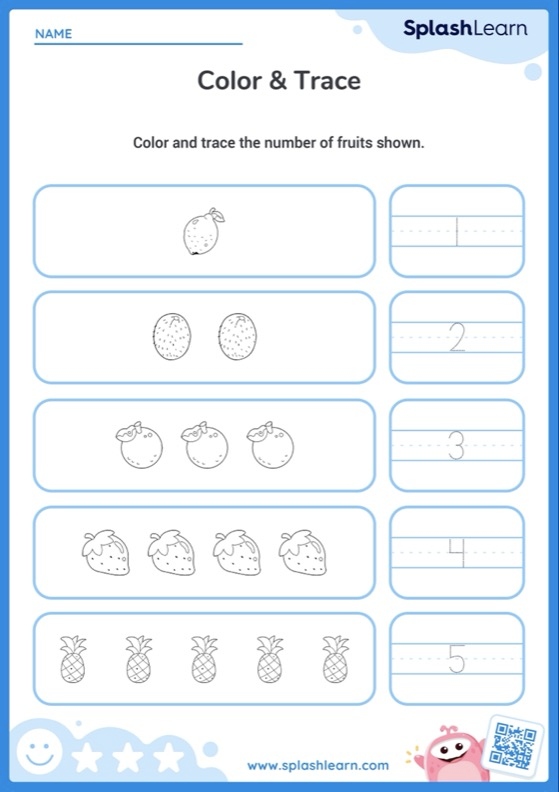
Number formation worksheets are designed with numbers that are either dotted or outlined in dashed lines. Kids use a pencil or marker to trace over these guides, practicing how to write each number correctly. Start with simple numbers and gradually move to more complex ones as their confidence grows.
2. Sand or Salt Tracing Tray
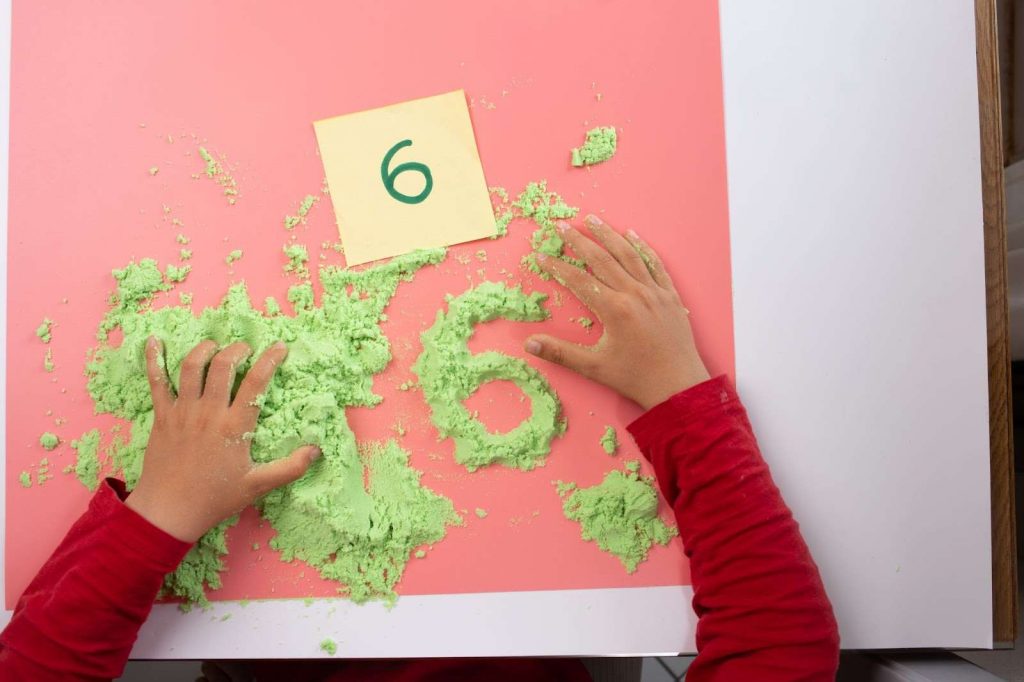
A shallow tray filled with sand or salt becomes an engaging space for kids to practice formation of numbers. They use their fingers or a stick to draw numbers in the sand or salt. After each number, they can smooth over the surface and start again, making it a reusable resource for practice.
Writing in sand or salt is a tactile experience that engages children’s senses, making learning more memorable. The physical act of forming numbers in a material helps solidify their shapes in a child’s mind, combining the fun of a sensory activity with educational value.
3. Online Educational Games
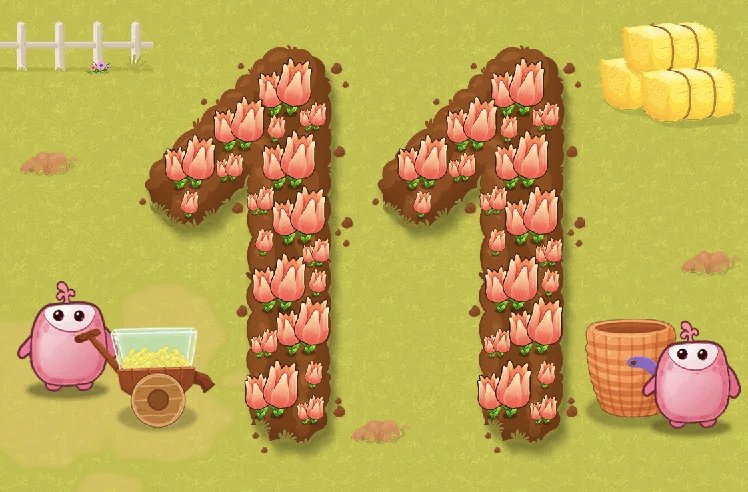
Online educational games designed for children can make learning how to form numbers an interactive and enjoyable experience. These games use colorful animations and engaging challenges to teach kids number formation and recognition.
4. DIY Number Cards with Textured Numbers
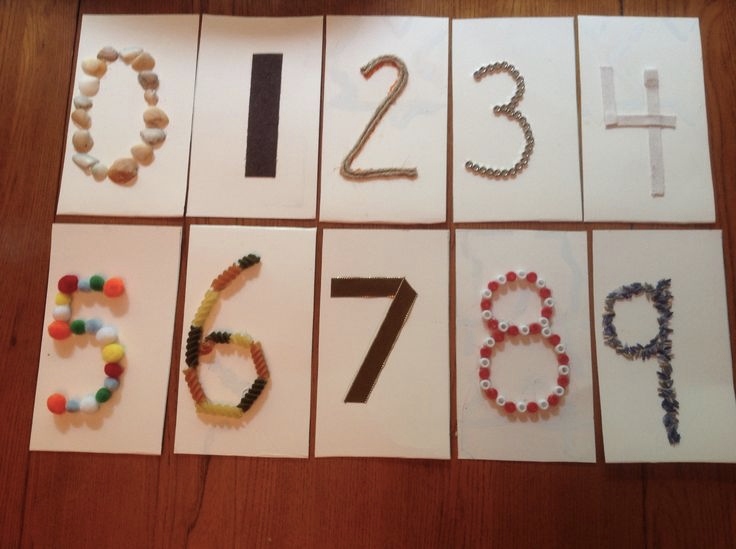
Creating your own number cards with textures provides a hands-on way for kids to learn formation of numbers. Use materials like sandpaper or thick glue to create numbers with texture on cardstock or heavy paper. Once dry, these cards can be used by children to trace the numbers with their fingers. This DIY activity not only allows for customized learning tools but also involves children in the creation process, making the learning materials more meaningful to them.
5. Number Formation with Playdough
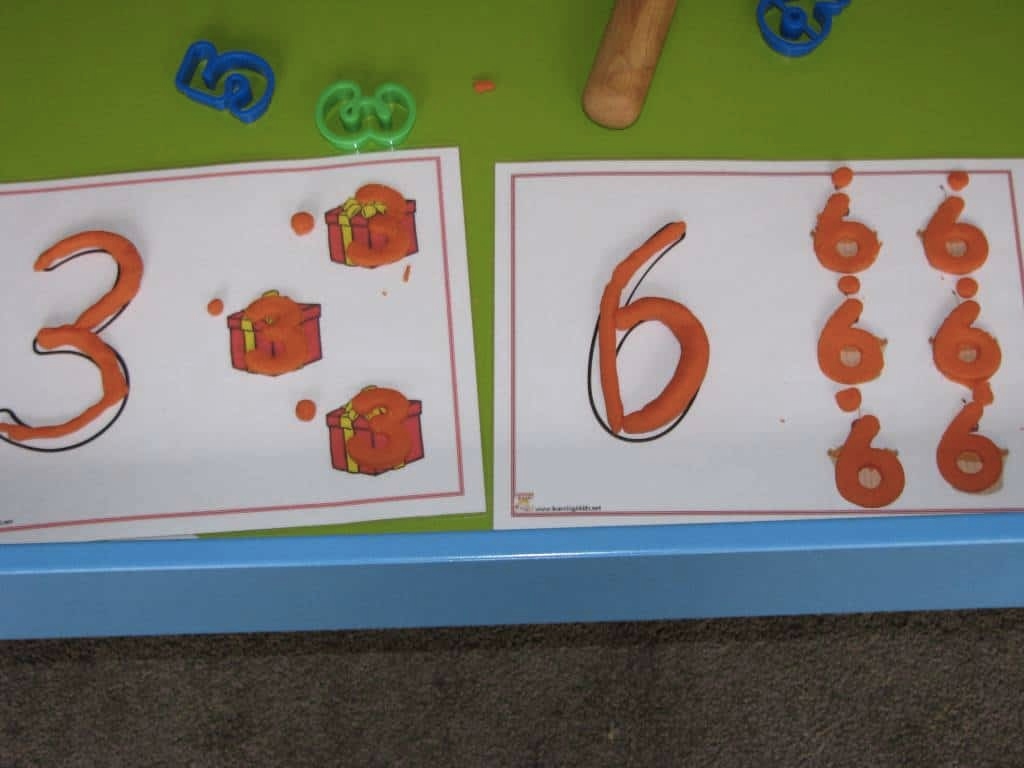
Using playdough for number formation is a creative and tactile way to teach number formation to children. Start by providing your child with a lump of playdough and demonstrate how to roll it into long, snake-like shapes. Then, guide them in bending and shaping these “snakes” to form different numbers.
This hands-on activity not only teaches them how to create numbers but also allows them to correct and adjust as they go, reinforcing their understanding of each number’s shape.
Related Reading: Best Number Activities for Preschoolers: Count on Fun!
Conclusion
Teaching number formation is a journey filled with small steps and big milestones. Remember, patience and consistency are key. Keep practices engaging, mix up activities to suit your child’s interests, and celebrate their progress, no matter how small. With time and encouragement, your child will master the formation of numbers, laying a solid foundation for their future math adventures.
Related Reading: How to Teach Number Sense to Kids
Frequently Asked Questions (FAQs)
At what age should children start learning number formation?
Children can start learning forming numbers as early as age 3 to 4, beginning with basic number recognition and gradually moving to more complex activities as they grow.
Why are sensory activities important in learning number formation?
Sensory activities like tracing in sand or forming numbers with playdough enhance learning by engaging multiple senses, which helps children memorize and understand number shapes more effectively.

















